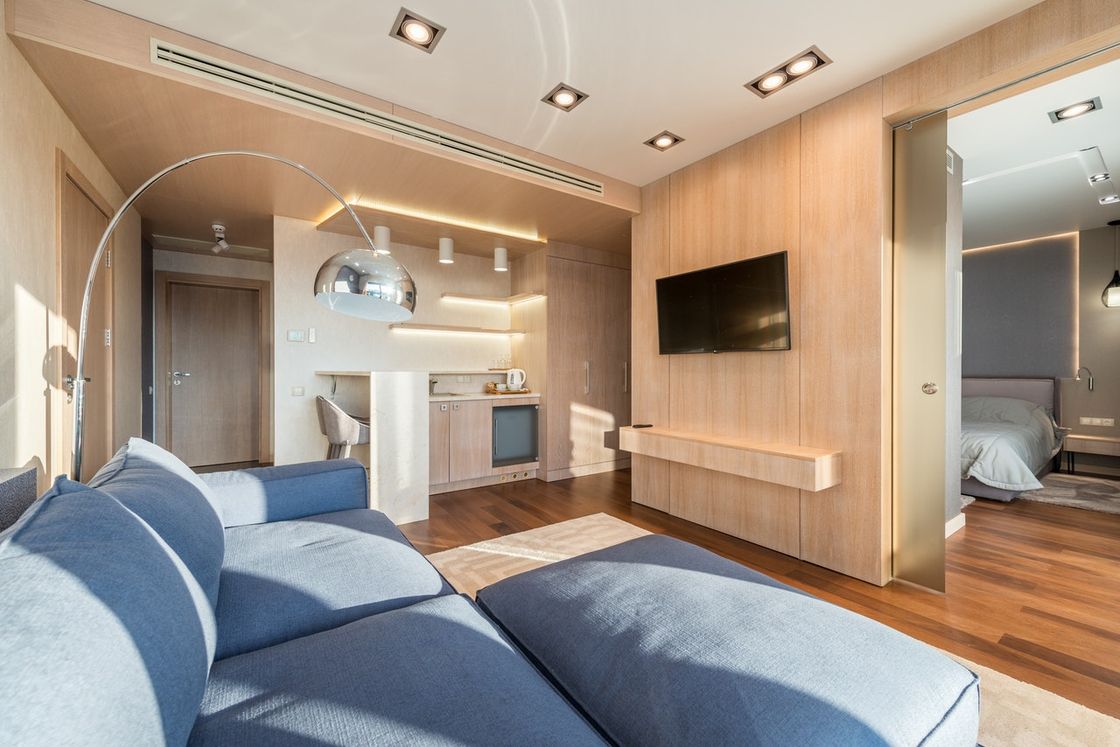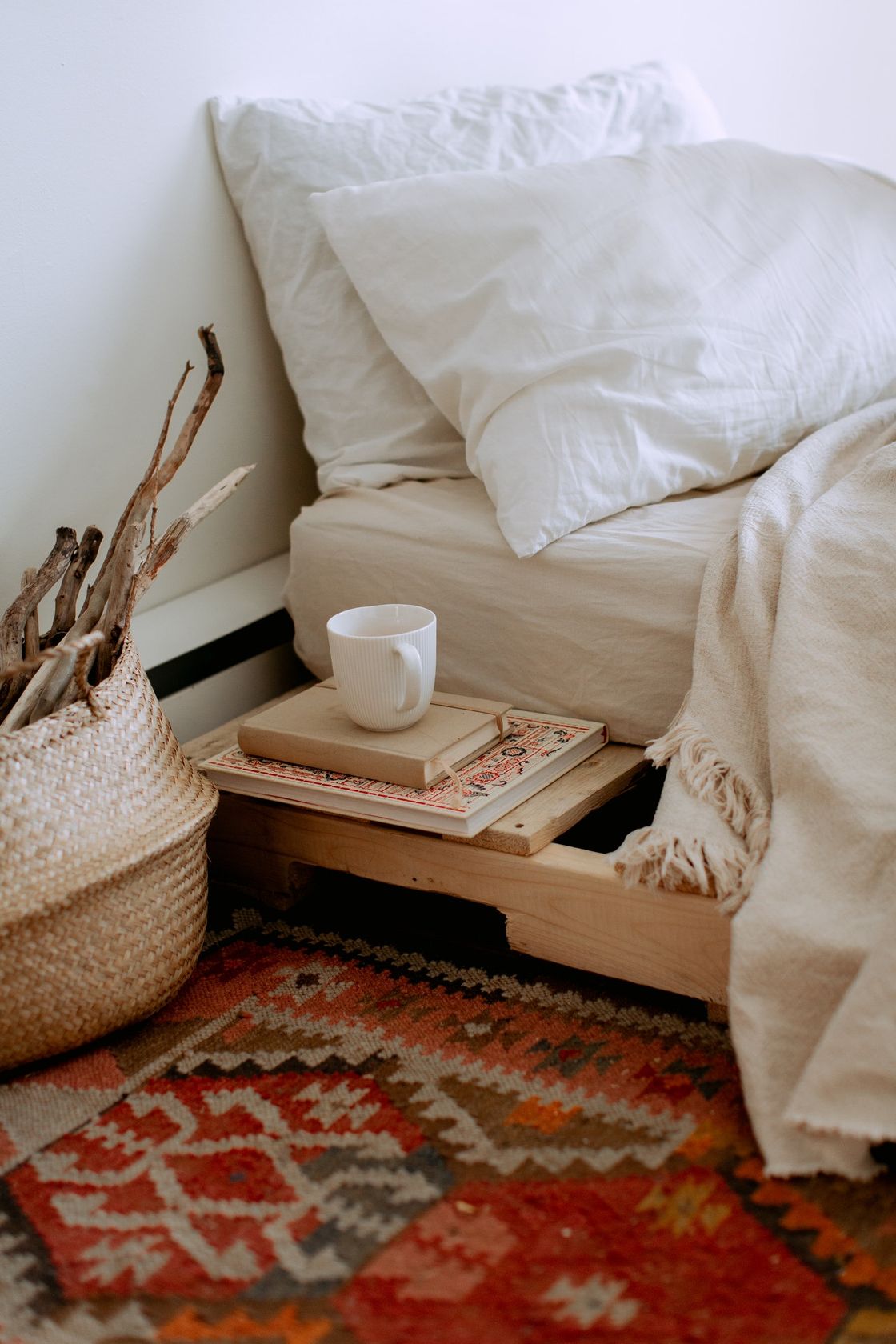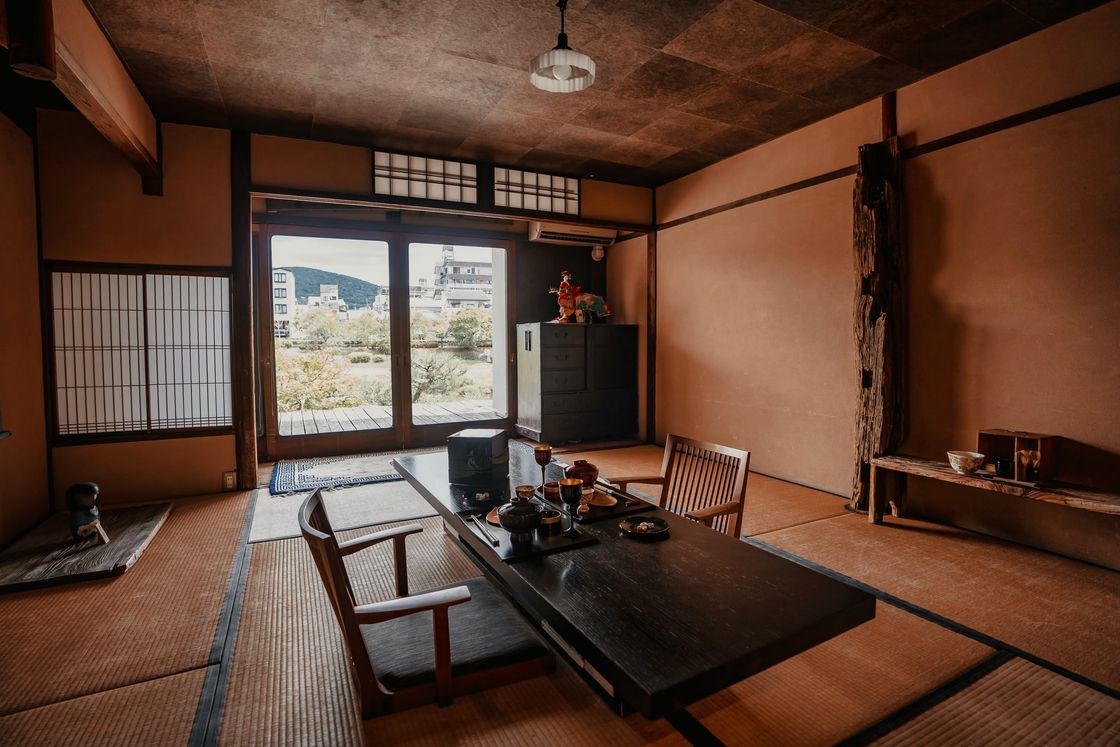Index
Japanese home style combines minimalist elegance and practical functionality, creating serene and harmonious environments.
Furnishing house in Japanese style means choosing to live in a comfortable, essential and tidy environment, which knows how to surprise guests thanks to designer objects positioned in the right place.
Defined as minimal zen by industry magazines, Japanese furniture stands out for its clean lines, neutral tones, natural and eco-sustainable materials. A type of furniture that appears easy to replicate but which can hide some difficulties for us Westerners, accustomed to combining different styles. Eliminating the superfluous and aiming for essential elegance requires good taste and self-discipline, two characteristics that, on this side of the world, we don't always manage to highlight. Zen design embraces a minimalist ideology by incorporating natural materials, patterns of light and space, and a rejection of clutter. A Zen home should be tranquil, meditative, balanced, and aesthetically pleasing.
If you're thinking about modern Japanese decor for your home but don't know where to start, read Casavo's five tips for you.
1. Japanese-style decor: minimalism is the watchword
Before proceeding with individual Japanese decor ideas, know that there is one rule that applies to all rooms in the house: eliminate clutter and confusion. Minimalism must be a lifestyle rather than a mere aesthetic choice.
In fact, what inspires Japanese life and consequently its furnishings is a shocking simplicity that affects all areas of domestic life: from the way t-shirts are arranged in drawers to the position of plants in the living room. Japanese Zen furnishings are not just a method to follow, but a true mindset. Once you've learned the basics, you need to prepare yourself not only to follow certain advice from time to time, but to adopt a lifestyle that helps you build your ideal environment day by day.
To take the first steps towards perfect Japanese-style furnishings, therefore, you must subtract more than furnish: eliminate unnecessary ornaments and furnishings, remove posters from the walls and rugs, unless they are tatami mats. The key word is rigor, a bit like Marie Kondō suggests in all her books on tidying up that we recommend you read. To find out more, also read our article on decluttering!

2. Japanese-style kitchen furniture is made of wood
In Japanese, the kitchen is called kamado. Not only is this space important for food preparation, but it is also considered a symbol of home and family. To furnish a perfect Japanese-style kitchen, choose furniture in natural materials to match white walls without any ornamentation.
As in the Nordic style, we also find wood in the wall units, in the few permitted furnishing accessories, and in the flooring. Finally, to bring the scent of the Orient to your food, add a classic rice cooker, sushi sets with chopsticks, and sake cups to your cookware. A steamer can be the ideal companion for cooking certain dishes and preserving the health of vegetables.
3. Low but very comfortable bed
If we had to sum up Japanese interior design in one word, it would be: zen. This ancient style, also known as "Kanso," is not only beautiful to look at and relaxing, but is also a cultural representation of the Japanese way of life. Japanese-style bedroom furniture also has its own peculiarities. Japanese tradition does not include the use of a bed but of a futon, a thin mattress placed on the floor, with a soft quilt that can be folded and put away in the closet in the morning.
Thinking of completely eliminating our comfortable 27 cm mattresses is perhaps an extreme, we agree, but there are practical middle ways, more Western and suited to our rest needs. An example? Lower-than-average bed frames made of wood. The Japanese style is very sophisticated and simple at the same time. It focuses on “less is more” and allows you to transform your bedroom into a very elegant retreat.

4. Japanese-style house: a little bit Bamboo in everything
The reference to nature is central to Japanese Zen decor: in addition to wooden furniture, add traditional local plants such as bonsai here and there. Keep in mind, however, that bonsai are very delicate plants and require constant care. Care varies from plant to plant, so do your research before bringing one into your home.
As for bamboo, choose it for all the elements that accompany meals. It is resistant to humidity and fire, and is so inexpensive that it can even be used in rugs and sliding doors, another typical element of oriental homes. To respect a truly Japanese decor, even overly heavy curtains are to be avoided: they only block natural light. Opt for simple bamboo curtains, which give a touch of style to your home and allow it to fill with light.
5. Sliding doors and screens to divide spaces
Decorating an apartment in Japanese style also means sacrificing some walls in favor of a large open space. Dividing the different rooms of the house are fusuma, movable and sliding panels that function as doors or screens. Sliding doors with Japanese shoji paper are visually striking: elegant and sophisticated, they are usually used to divide a room into two parts. They are used to divide the living room and kitchen, separate the living areas from the sleeping areas, create an entrance, or to outline the space of a walk-in closet.
The Japanese style involves the constant revisitation of spaces: with movable dividers it will be easier to change the boundaries of the rooms whenever you want.

Now that you have all the elements to create the perfect Japanese-style decor, it's time to look for the right home to welcome you and your Zen garden. There are dozens of real estate listings that could be right for you: take a look!
